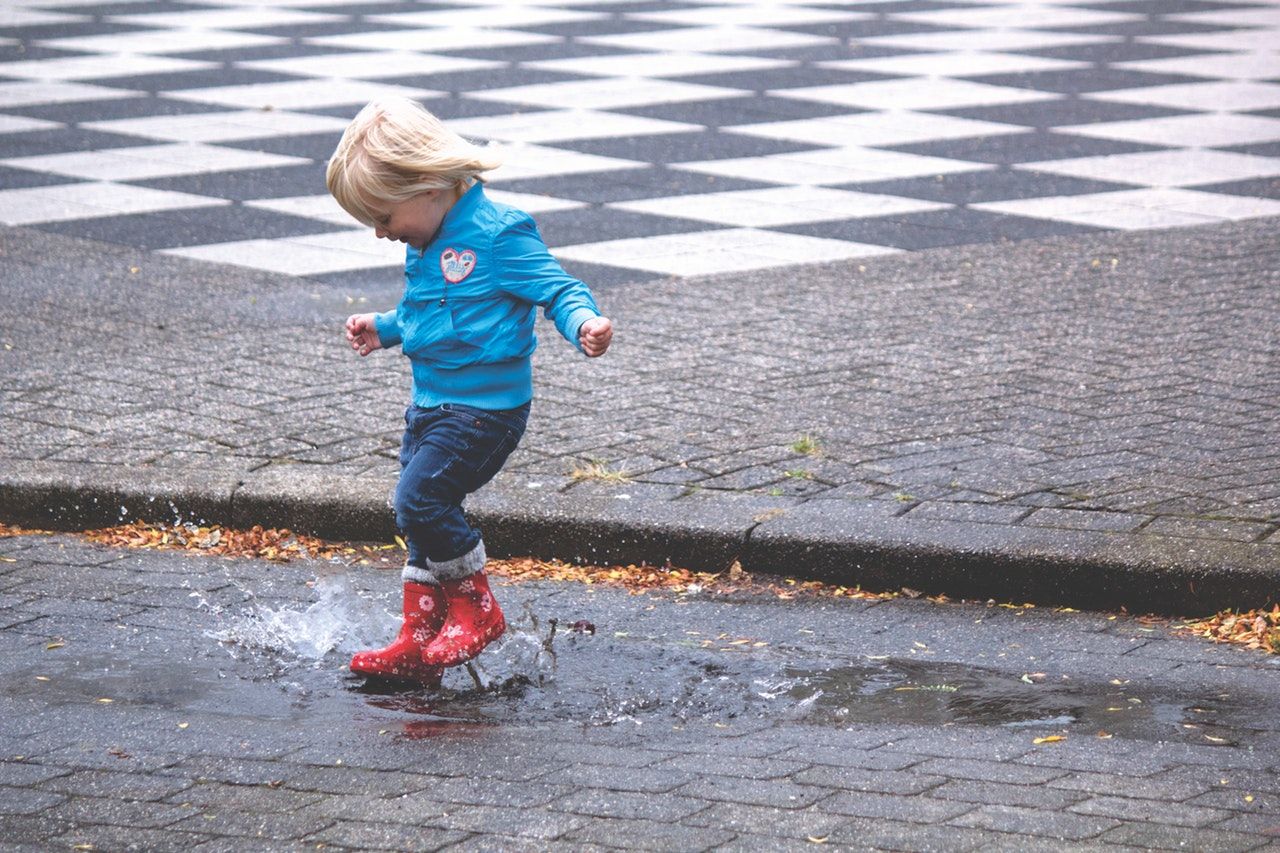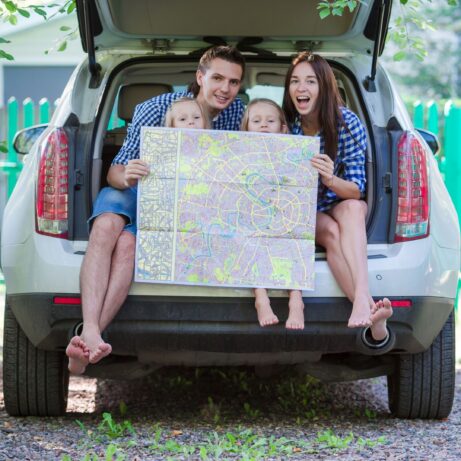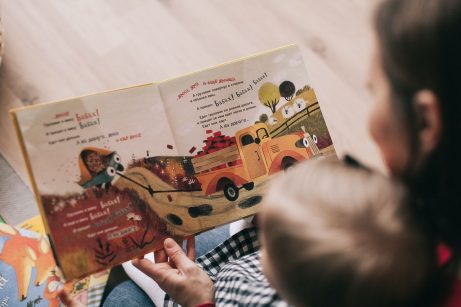In Praise of the Puddle

This week, we take a break from the Communication Series to consider some of the most wonderful educational materials that Mother Nature provides our children.
If, like me, you live in the temperate zone of the Northern hemisphere, it’s time to face the music. Whether you’re looking at the calendar or at the thermometer, it’s clear that Summer is leaving (unless it’s already gone where you are) and Fall is here to stay.
For some, this might mean sipping pumpkin spice lattes, donning favourite sweaters and spending lazy afternoons curled up on the couch with a good book. For a Montessori teacher like me, it means it is time to start, on a daily basis, strapping a gaggle of small children into waterproof pants and jackets, searching through bushes for “lost” hats and mittens (we all know our toddlers don’t drop them there on accident) and endlessly checking and changing wet socks and sodden pant legs.
Faced with similar prospects, many families start limiting outside time or even cutting it from their daily schedule altogether. Consider this article my impassioned plea not to do that! True, it might require more time and effort to spend time in the great outdoors this time of the year, but it is well worth it for you and especially for your child.
Mud, Mud, Glorious Mud
The fact of the matter is, the human animal needs daily outside time to stay happy and healthy, and this applies double to small children. We know that it is not cold weather that causes runny noses and endless sneezing in the winter, it is the fact that we are all cooped up inside with little fresh air and less exercise than usual. Small children especially also need good exposure to sunlight to maintain healthy vitamin D metabolism, so shortening their outside time in the darker half of the year – when what sunlight they get is far more pallid and weaker – can do real damage, too.
But consider not only the harms of not going outside in the fall, consider the benefits that only fall can bring. Gloriously coloured leaves crunching under our boots, wind capable of both hoisting kites and blowing down the best sticks, the bounty of horse chestnuts, acorns and pinecones, the pitter-patter of raindrops, the glorious puddles and mud! Although adults might find less appreciation for the latter, puddles and mud are actually a fantastic and very developmentally appropriate opportunity for toddlers, who have a well-studied affinity for amorphous materials such as water, sand and soil. It provides a rich sensory experience that directly supports and facilitates the development of the intellect; and besides, according to current theories, also provides boost to both mood and the immune system. So embrace the mud cakes and the mud castles, poke the puddle with a stick, splash and stomp in the water and send little boats made of leaves and bark.
“There is no such thing as bad weather, only bad clothes.” – a Norwegian saying
We all know the scene – the child running into the puddle, the parent chasing her out and chiding her for getting her shoes wet. Naturally, unless you’re going straight back inside to change and warm up, wet socks or shoes can put a serious damper on an afternoon of fun and can, indeed, lead to the dreaded sniffles or worse.
However, Dr. Montessori told us to observe, respect and facilitates all forms of the child’s spontaneous, developmental activity – and like it or not, playing with mud and splashing in puddles certainly qualifies. What we need is not to chase our children from water but to provide them with appropriate clothing and gear.
Wellies, rainboots, gum shoes – whatever they’re called in your corner of the worlds, every child needs a pair. Next up, rain suits or rain pants (the kind with straps over the boot, and suspenders so that they don’t slide down the child’s bottom), and your little one is ready to face any puddle with style and comfort. We recommend carrying a change of shoes and socks with you, just on the off-chance that the gear fails you, and guiding your child to let you know if his feet get cold or wet (and, once he’s a bit older, taking care of things for himself independently. That’s Montessori for you). There, that’s it – now you never need to be upset about your child running straight into a puddle ever again!

Explore the fundamentals of Montessori parenting with this free video by Sylvia Arotin, offering insights and strategies to empower and educate your child.
So For Those Materials and Activities
This fall, we suggest you try:
- A colour scavenger hunt. When you’re outside, try and find something brown and small (pinecone), something yellow (leaf), something green (blade of grass), something red… you get the idea
- Building little structures out of rocks and sticks, like huts or homes for animals or dolls
- Collecting leaves and other materials for art projects and collages
- Making animals and figures out of acorns, chestnuts and other large seeds
- Throwing pinecones and sticks as far as you can
- Digging moats and rivers in the muddy ground
- Building an awe-inspiring castle in a wet sandbox
- Trying your hand at land art – even simple ones like creating a spiral out of rocks and pebbles, or “nests” out of sticks
- Making a mud kitchen
- Flying kites, frisbees and paper planes
- Raking and sweeping leaves and dirt outside
Montessori Beginnings
YOUR ULTIMATE
MONTESSORI PARENTING COURSE
FOR ZERO TO THREE
Gain clarity and confidence in your parenting to raise a resilient, independent and joyful child.


